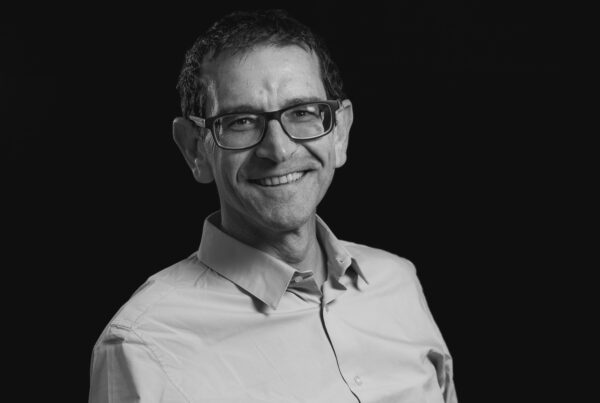I was born in Buenos Aires, where I studied up to obtaining my doctoral degree in physics from the National University at La Plata, working on cosmology and astrophysics of extended gravitational theories. After several years in fellowships around the world, I moved to the Institute of Space Sciences to start a research group on high-energy astrophysics in 2006. My research focuses on compact objects and cosmic rays. I have received several scientific awards including the Chinese Academy Presidential Fellowship, its Science Senior Visiting Professorship, the Friedrich Wilhelm Bessel Award of the Humboldt Foundation of Germany, the Shakti Duggal Award on Cosmic Ray Physics of the International Union of Pure and Applied Physics, the Guggenheim Fellowship, and several others. I was Director of the Institute of Space Sciences 2016-2023, and Editor-in-Chief of the Journal of High Energy Astrophysics 2013-2023.
Research interests
The familiar sights of peacefully shining stars would be replaced by something extreme and variable should you look with gamma-ray eyes. You would be glancing at the most energetic phenomena known in astrophysics. I develop theoretical models for these scenarios from a multimessenger perspective, and test them with observations using ground-based telescopes and satellites. My research focuses on compact objects -especially the physical understanding of pulsars, their classes, emission, wind nebulae, progenitors, and environments-, cosmic rays and their connection with star formation, and relativistic systems in our Galaxy. My earlier research includes gravitation and cosmology; scalar dark matter, boson stars, gravitational lensing, and wormholes. I published >300 papers on all these topics. My research group hosted 50+ scientists since its foundation in 2006. My website provides further details and links.
Selected publications
– íñiguez-Pascual D, Torres DF & Viganò D 2024, ‘Synchro-curvature description of γ-ray light curves and spectra of pulsars: global properties‘, MNRAS 530, 1550
– García CR, Torres DF, Zhu-Ge JM & Zhang B 2024, ‘Separating Repeating Fast Radio Bursts Using the Minimum Spanning Tree as an Unsupervised Methodology‘, ApJ 977, 273.
– García CR, Illiano G, Torres DF, Papitto A, Zelati FC, de Martino D & Patruno A 2024, ‘Millisecond pulsars phenomenology under the light of graph theory‘, A&A, 692 – A187.
– Meyer DMA, Meliani Z & Torres DF 2024, ‘Pulsar-wind nebulae meeting the circumstellar media of their progenitors’, A&A, 692 – A207 – 19.
– Meyer DMA & Torres DF 2024, ‘Material mixing in pulsar wind nebulae of massive runaway stars’, MNRAS, Advanced release, 537 – 1 – 186 – 203.
– Zhang W, Torres DF., García CR. Li J & Mestre E 2024, ‘Analysis of the possible detection of the pulsar wind nebulae of PSR J1208-6238, J1341-6220, J1838-0537, and J1844-0346′; A&A, 691 – A332 – 9.
– Torres DF et al. 2024, ‘Short-term variability of the transitional pulsar candidate CXOU J110926.4650224 from X-rays to infrared’, A&A 690 – A220 – 11.
Selected research activities
Member of Fermi-LAT, LST, and CTA Collaborations.
Director of the Maria de Maeztu Award to ICE.
Published 20 papers in first-tier international journals; 13 of these with small groups of authors, with my students and postdocs, 2 others in the responsible scientific team within larger collaborations, and 5 as a coauthor in larger efforts; all of them in top journals. A selection is shown here.
Participated in evaluation processes for 9 countries, and in in-situ evaluation of institutes for another.
Appeared in the list of the top 2% scientists Elsevier/Stanford (at the top 0.3% of the 52115 scientists analyzed in astronomy), ranked similarly since its inception in 2019. Also, appearing as the most quoted physicist in Spain in the index elaborated by Research.com.
